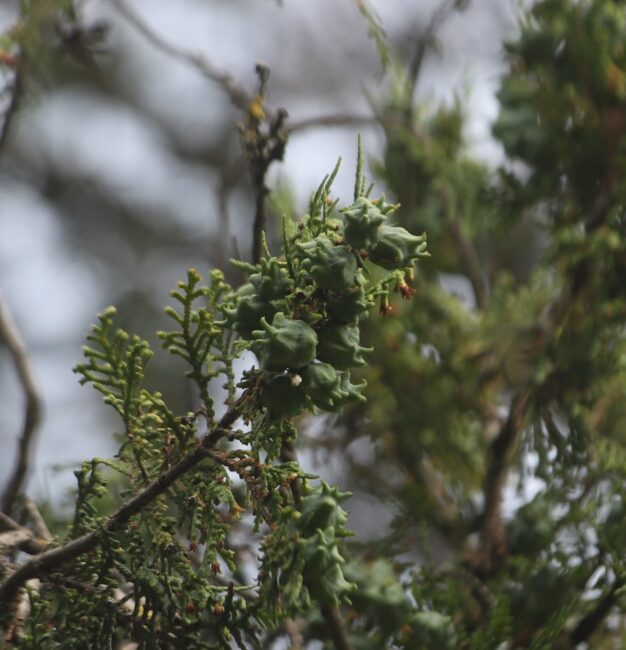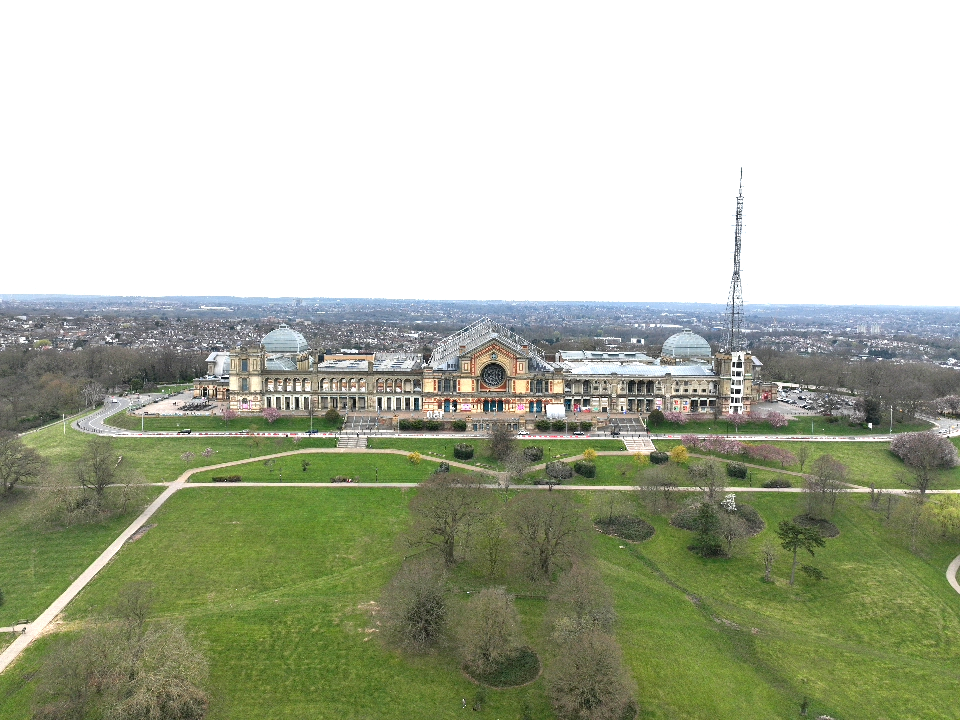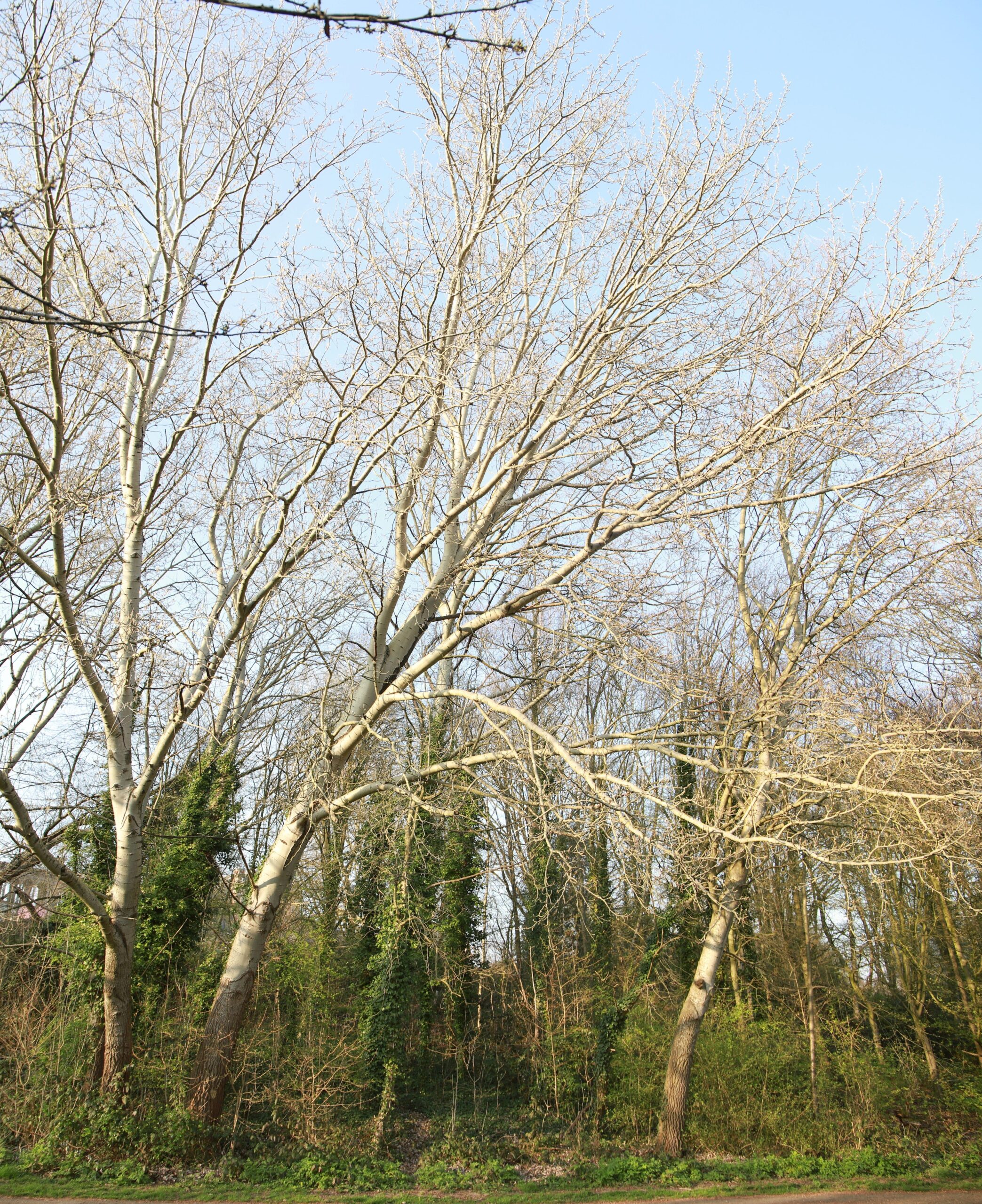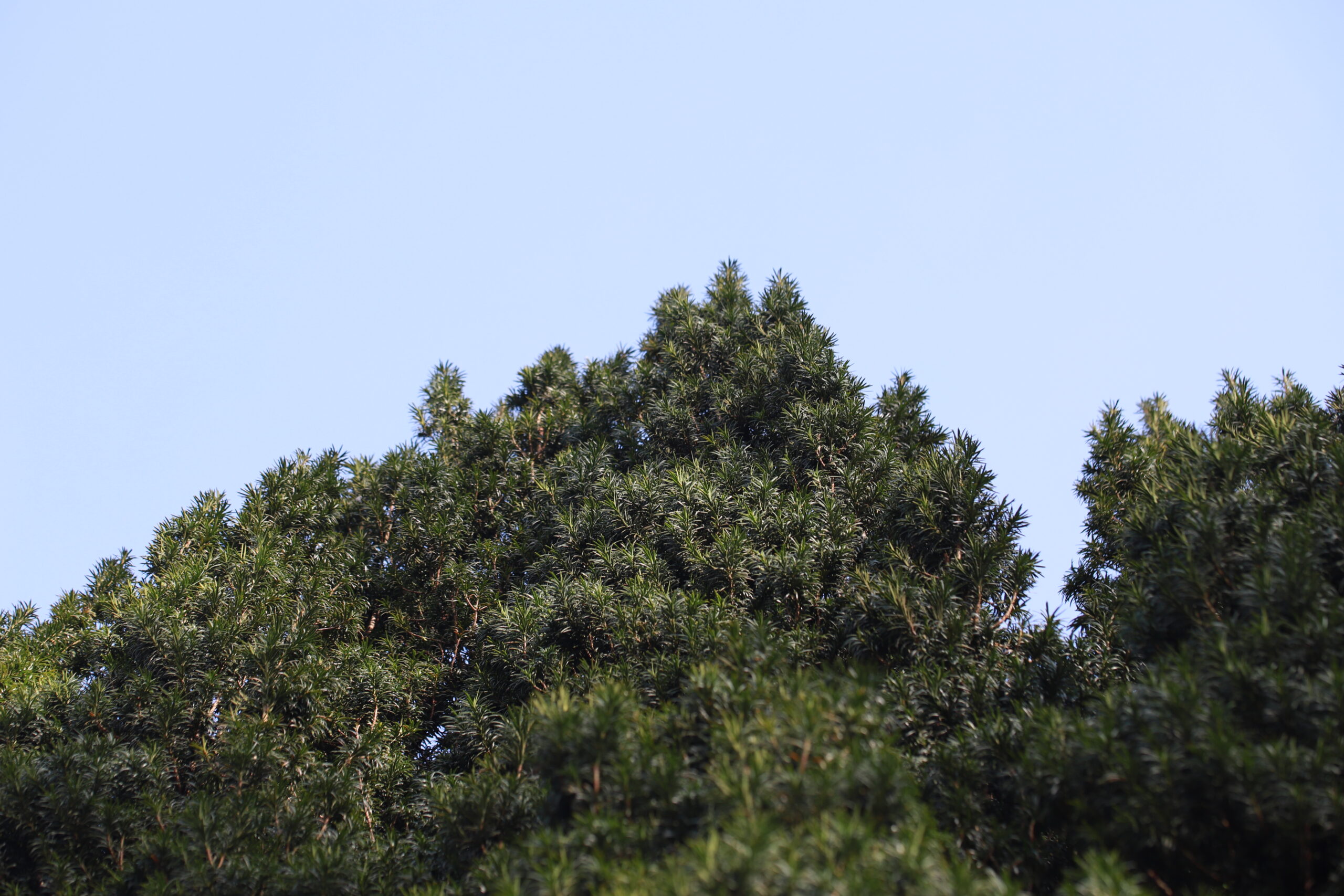Stephen Middleton from the Friends of Alexandra Park introduces us to his selection for January’s Tree of the Month…
What’s in a name? Our January Tree of the Month is the Chinese Thuja or Oriental Arborvitae (Platycladus orientalis). Also known as the Oriental Thuja, Chinese Arborvitae or Biota – so many names to choose from…. Even the scientific name has recently been changed from Thuja orientalis.
What3words bucks.flag.caped gives the location of the tree or wander down the tarmac path that runs down the edge of the South Slope next to the Pitch and Putt and the tree is on the left hand side adjacent to the path, just after the weeping willow on the other side. It cannot be described as an impressive looking tree, but it is the only one of its kind in the park.
Chinese thuja is an evergreen conifer with green scale-like leaves which are the same colour on both sides. The branches are flat, but are usually held vertically rather than horizontally. The scientific name Platycladus means flattened shoots.
Like all conifers, this tree has separate male and female flowers. The latter develop into cones with hooked tips to the cone scales and this is a unique feature of the tree. More easy to see in our specimen is the red-brown bark which tends to peel in thin vertical strips.
While most conifers prosper best on acid or neutral soil, the oriental arborvitae thrives in alkaline limestone soil.

Chinese thuja comes from China and Korea although truly wild populations are rare. This species first made it over to England around 1740 and was planted in the Chelsea Physic Garden.
The oriental arborvitae is used for ornamental purposes in this country being grown as a tree reaching up to 10-15 metres or clipped into a hedge.
In its native land it was used in the construction of temples and houses and for furniture and gate posts. It is also used in Chinese medicine.
The Chinese tuja was held to have mystical significance and was planted by tombs of emperors.
What else can we see in the park this time of year? The winter flowering cherries are flowering below the terrace and in the next month the five Cornelian cherries slightly lower down will begin to show off their yellow flowers.






